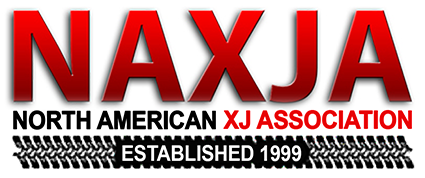At a glance, it appears as though the authors of the article don't realize that they have created a 3-link suspension. Their understanding of anti-squat seems to fall a little short as well.
The design of a normal leaf spring suspension is similar to the Ford radius arm design where you have an arm on each side rigidly connected to the axle and pivoting at the chassis. The equivalent link of a leaf spring is very short and consequently, leaf spring suspensions have a high amount of anti-squat(compared to link designs) Adding the "shackle" to a leaf design creates a third link.
The difference between this set up and a normal 3-link is that the leaf is rigidly mounted at the axle where as on a 3-link both upper and lower links pivot at the chassis and axle mounts. The lack of an articulated joint at the axle (spring pad) would bind up the suspension. This binding is alleviated by compliance in the leaf, but would not have the freedom of movement allowed by a normal 3-link design. Imagine adding a third link to a Ford radius arm suspension.
Since ths design is the equivelant of a 3-link, the length, angle and attachment points of this upper link (shackle) would have a major influence on the instance center. Contrary to the article, adding this link could have a major impact on anti-squat. Pinion angle gain would also be affected.
Knowing the effect this upper link would have on the suspension, you could experiment with different lengths and angles in an attempt at a reasonable design, but as already mentioned, the packaging would be a problem as well.
No wonder Richard G. and some of the other BOTW boys run the traditional ladder bar w/shackle.

